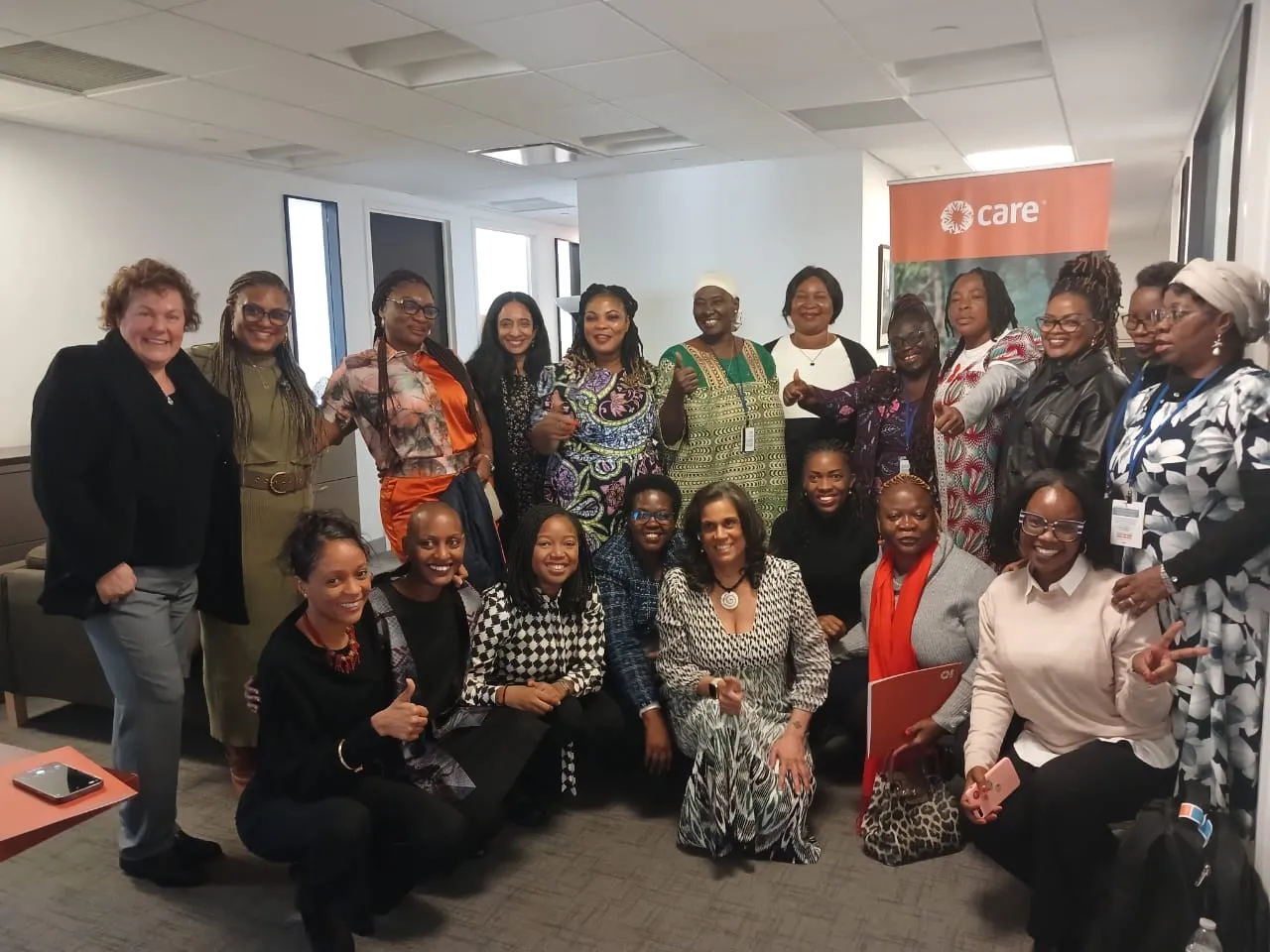
At the 68th annual Commission on the Status of Women (CSW68), the UN’s largest annual gathering on gender equality and women’s empowerment, CARE, PEI (the World Bank’s Partnership for Economic Inclusion), the Government of Côte d’Ivoire, and the Government of Uganda brought together over 40 people from key governments & civil society organization leaders to discuss experiences and lessons learned from challenging gender inequality and achieving the Sustainable Development Goals (SDGs) through Savings Group models. The focus of the session was to explore how government-led Savings Groups (also known as Village Savings & Loan Associations or VSLAs) are a tool for gender norms transformation, women’s economic empowerment, poverty eradication and social protection.
The potential of savings groups goes beyond money. CARE sees savings groups as an effective platform for greater gender equality beyond women as individuals. This learning report aims start a conversation about the role of savings groups in addressing systemic gender inequities in markets. Read More
Comprehensive VSLAs which address root causes of gender inequality are underpinned by a strong foundation within the program team. This brief outlines the prerequisites CARE believes it is important for VSLA projects to consider before engaging on gender equality. Read More
This annex provides further details on the project review process behind the learning report Beyond money: Savings groups as a platform for addressing root causes of gender inequality. It lists project details, evidence sources and the methodology used. Read More